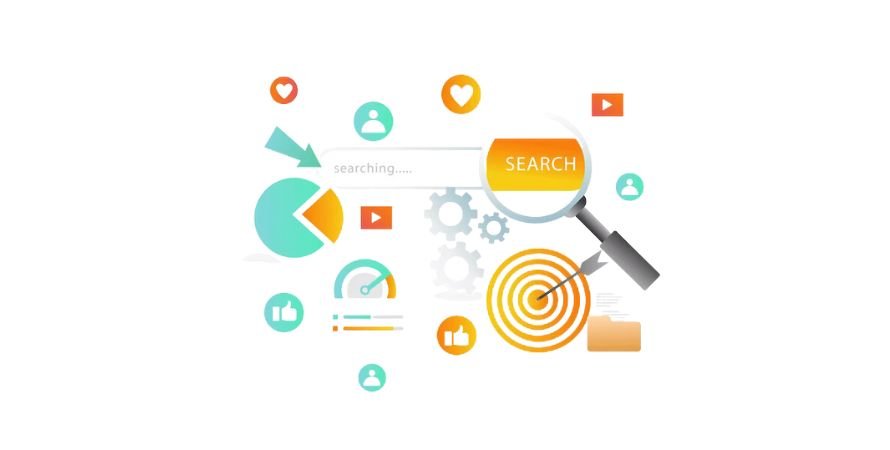We all are aware that everything from as simple as learning how to sow a seed or deliver a presentation in college to making complex tutorials requires Search Engine Optimization, or as we all usually call it – SEO.
SEO stands for Search Engine Optimization, and it is the process of optimising a website’s technological configuration, link popularity, and content relevance so that its pages are easier to find, more popular and relevant to user web searches, and, as a result, search engines rank them higher. Simply put, SEO is the process of increasing the quantity and quality of search engine traffic to a website or web page. SEO focuses on unpaid traffic (also known as “natural” or “organic” results) rather than paid or direct traffic.
But what really is Technical SEO?
Technical SEO correlates to website and server optimizations that assist web search spiders in more effectively crawling and indexing your site, thereby improving organic rankings. Although data structure is related to website content, it is included in technical SEO because it requires the addition of code to your website to be properly implemented.
For instance, a secure connection, a responsive design, or a quick loading time — and technical SEO is the work required to ensure that your website meets these requirements.
Importance of Technical SEO –
Many website owners understand the value of on-page SEO and content, but they forego technical SEO because it appears “complicated.” Technical SEO, on the other hand, is critical because it allows search engines to crawl your site and rank it in search results in the first place. All of the elements that make your website efficient, mobile-friendly, easily navigable, user-friendly, and operational are included in technical SEO.
Without it, you might have an appealing site that loads very slowly, isn’t usable on smartphones, doesn’t direct visitors to the information they want, or crashes when users try to contact you or purchase your products.
Five Way to Improve Technical Search Engine Optimisation
Mobile-Friendly
Users do not interact with pages on mobile devices in the same way that they do on desktop computers. They are usually looking to accomplish a goal as soon as possible, whether it is completing a transaction, searching a piece of information, or finding the physical location of a store. Hence, a technical SEO needs to be mobile friendly to conveniently meet the needs of users.
Speed Up Your Site
Sites that load quickly are preferred by search engines: page speed is recognised as an essential ranking signal. You can quicken up your site in a variety of ways, including making use of fast hosting and a quick DNS (‘domain name system’) provider, by reducing the number of ‘HTTP requests’ by limiting the use of scripts and plugins, instead of using multiple CSS stylesheets or inline CSS, you use a single CSS stylesheet, make your image files as small as possible and consolidate your web pages. You should also remove any unnecessary spaces, line breaks, or indentation from your website’s code.
Use SSL
Transport Layer Security (TLS), the successor to the now-deprecated Secure Sockets Layer, is a cryptographic protocol designed to provide network communications security. It is an information security technology that establishes an encrypted connection server and a browser. You can tell if a website is using SSL by its URL, which begins with ‘https://’ rather than ‘http://.’ As a result, it makes sense to guarantee your site is secure whenever possible – this can be accomplished by installing an SSL certificate on your site, though most top website builders now include SSL by default.
Fix errors by performing audits
If you want to consistently rank higher in SERPs, you must address your on-page SEO issues with a weekly technical SEO audit. So, how do you conduct a technical SEO audit? There are many tools available that can assist you with this. Semrush, Moz, and Ahrefs are all excellent resources. We strongly recommend Semrush for this activity because it is considered the industry gold standard and provides the most comprehensive view of your website’s technical aspects.
Use Canonical URLs
Our top priority should always be to remove duplicate content from your website. Use an SEO tool, such as Semrush, to scan and rectify copied content issues on your site. However, there are some instances where having copied content on your site is unavoidable. In such cases, canonical URLs should be used. Canonical URLs are useful when copying a blog post from one website to another. They are particularly useful if you run an ecommerce site with thousands of identical pages.


